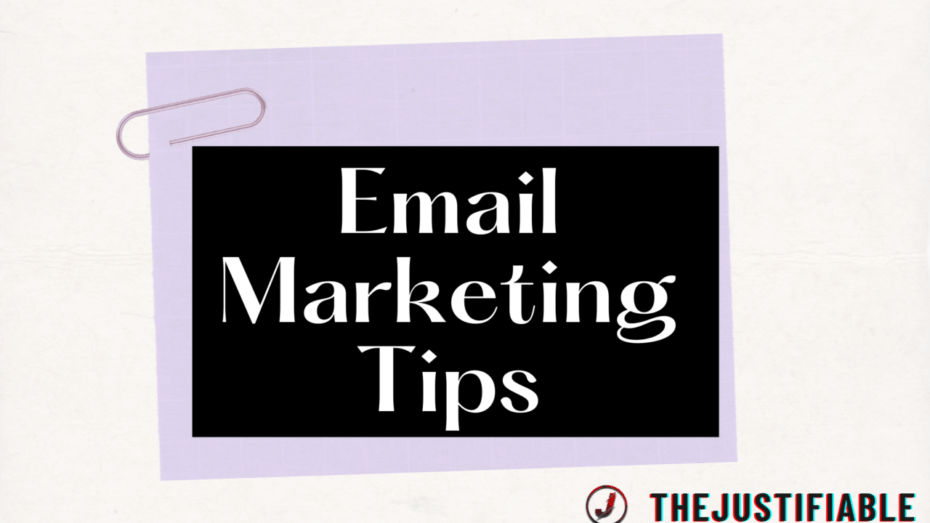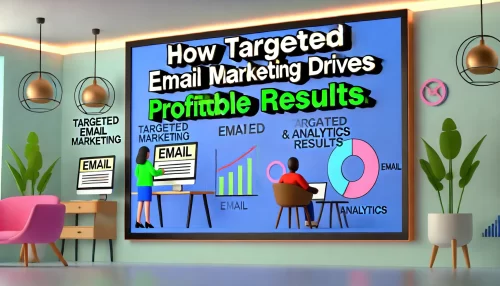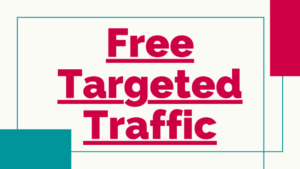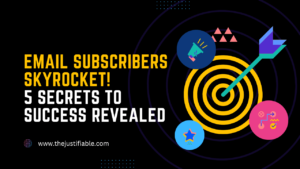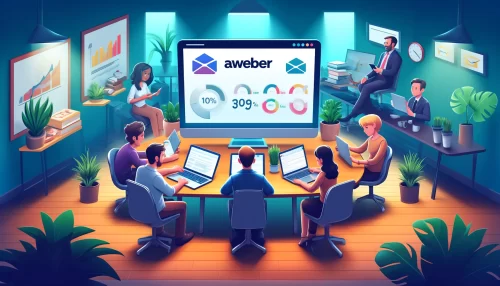Email marketing tips can drastically improve your marketing results, driving engagement and conversions. Mastering these strategies will ensure your campaigns are effective and resonate with your audience.
1. Craft Compelling Subject Lines For Higher Open Rates
Crafting compelling subject lines is one of the most crucial email marketing tips for achieving higher open rates. The subject line is the first impression your email makes, and it determines whether your recipient will open your message or send it straight to the trash. A well-crafted subject line can significantly increase your email’s chances of being read, leading to better engagement and improved marketing results.
A powerful subject line should be clear, concise, and intriguing. It should spark curiosity or urgency, compelling the recipient to open the email. Including action-oriented language and personalizing the subject line can make it even more effective. By following these email marketing tips, you can create subject lines that capture attention and drive higher open rates.
Email Marketing Recommendations
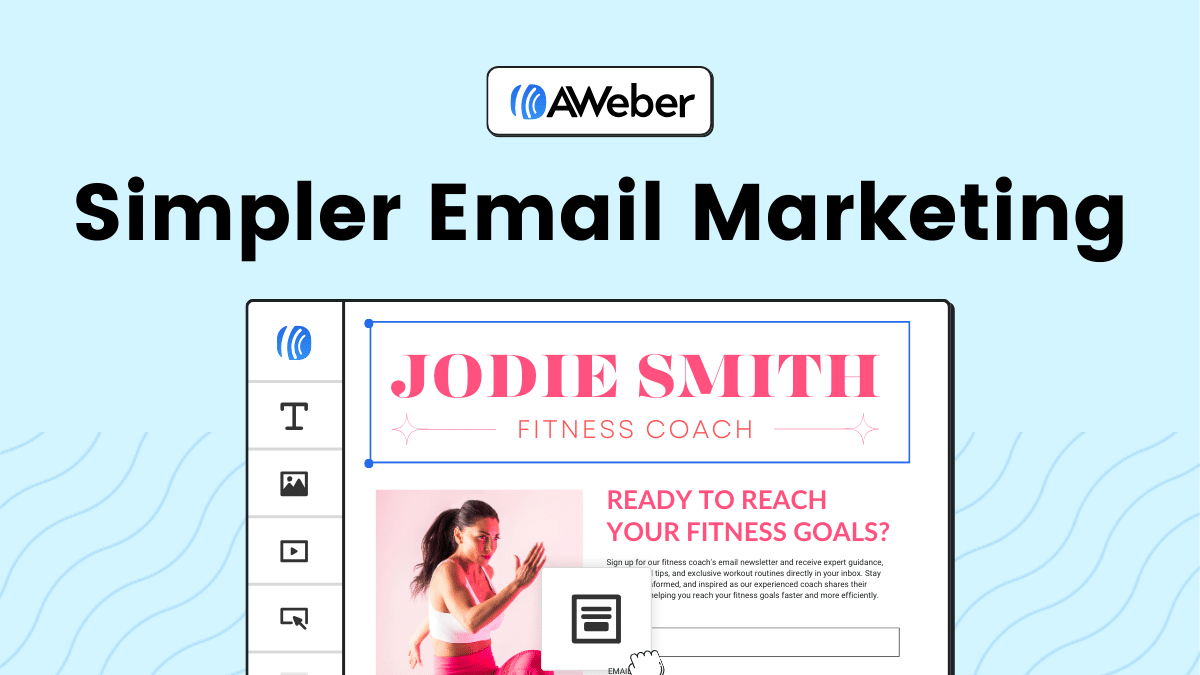 Aweber
| 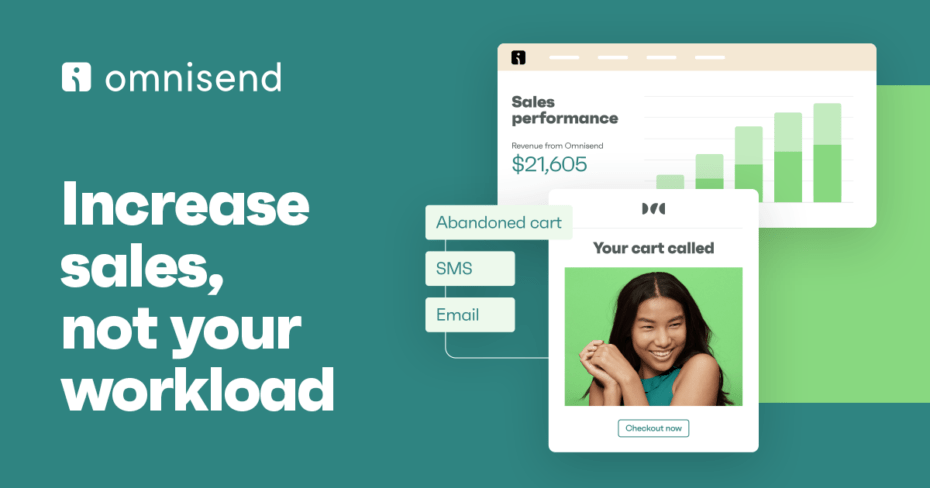 Omnisend
| 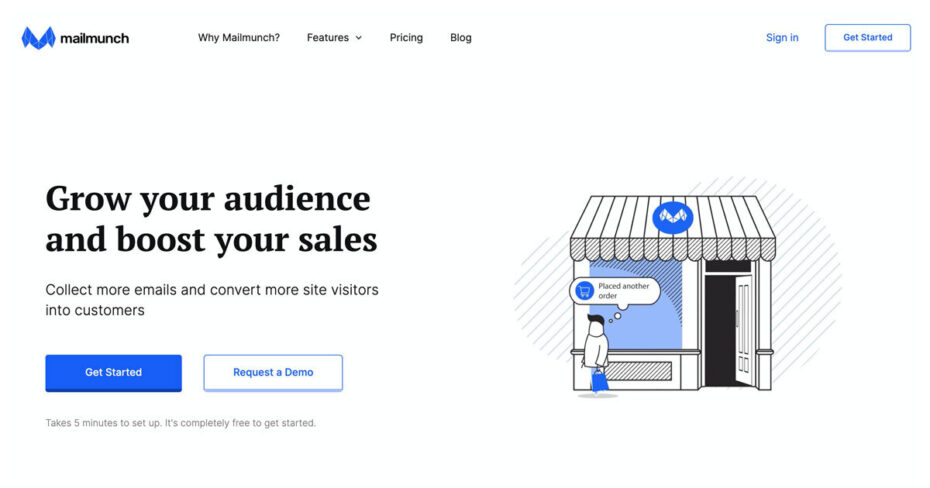 Mailmunch
|
Use Action-Oriented Language To Grab Attention
Using action-oriented language in your subject lines is a proven way to grab attention and encourage recipients to open your emails. Action words like “discover,” “unlock,” “learn,” and “get” create a sense of urgency and excitement, prompting immediate action.
For instance, instead of a bland subject line like “New Products Available,” an action-oriented alternative could be “Unlock Exclusive Access to Our New Products Today.” This approach not only grabs attention but also gives the recipient a clear idea of what to expect inside the email.
Another effective strategy is to use commands or directives. Phrases like “Don’t Miss Out,” “Act Now,” or “Join Us” can create a sense of urgency and prompt the reader to open the email. By incorporating these email marketing tips, you can enhance the effectiveness of your campaigns and achieve higher open rates.
Personalize Subject Lines For Each Recipient
Personalizing subject lines for each recipient is an excellent way to make your emails stand out in a crowded inbox. When recipients see their name or relevant information in the subject line, they are more likely to open the email because it feels tailored to them.
For example, a subject line like “John, Discover Your Exclusive Offer” is more engaging than a generic “Discover Your Exclusive Offer.” This small personalization makes the recipient feel valued and increases the chances of them opening the email.
Additionally, leveraging data about your recipients, such as their past purchases or browsing behavior, can help you craft even more personalized subject lines. For instance, “John, Check Out New Products Based on Your Recent Purchase” speaks directly to the recipient’s interests and is likely to drive higher engagement. Implementing these email marketing tips will lead to more personalized and effective email campaigns.
Keep Subject Lines Short And Punchy
Keeping subject lines short and punchy is another critical email marketing tip for improving open rates. In today’s fast-paced world, people quickly scan their inboxes, and long subject lines can easily get overlooked. Aim for subject lines that are concise yet impactful, ideally under 50 characters.
For instance, a subject line like “Flash Sale: 50% Off Today Only” is short, direct, and compelling. It communicates the offer clearly and creates a sense of urgency without taking up too much space.
Additionally, using powerful words can enhance the impact of your short subject lines. Words like “exclusive,” “limited-time,” “free,” and “urgent” can make your subject lines more enticing and drive higher open rates. By following these email marketing tips, you can craft subject lines that are both concise and effective, ensuring your emails get the attention they deserve.
2. Segment Your Email List For Targeted Campaigns
Segmenting your email list is one of the most effective email marketing tips for creating targeted campaigns. By dividing your email list into smaller, more defined segments, you can tailor your messages to specific groups, increasing relevance and engagement. This strategy ensures that your content resonates with your audience, leading to higher open rates, click-through rates, and overall campaign success.
When you segment your email list, you can create personalized experiences for your subscribers. Segmentation allows you to send the right message to the right people at the right time, enhancing your email marketing results. Whether you segment based on demographics, behavior, or purchase history, this approach helps you connect with your audience on a deeper level and achieve better marketing outcomes.
Segment Based On Demographics And Behavior
Segmenting your email list based on demographics and behavior is a powerful way to ensure your messages are relevant to your audience. Demographic segmentation involves dividing your list based on factors like age, gender, location, and income level. This allows you to create content that appeals to specific demographic groups, increasing the chances of engagement.
Behavioral segmentation, on the other hand, focuses on the actions and behaviors of your subscribers. This includes past purchases, browsing history, and engagement with previous emails. For example, you can send personalized offers to subscribers who have previously purchased a particular product or provide tailored content to those who frequently engage with your emails.
By combining demographic and behavioral data, you can create highly targeted campaigns that speak directly to the needs and interests of your audience. This level of personalization can significantly boost your email marketing results and foster stronger relationships with your subscribers.
Create Customized Content For Each Segment
Creating customized content for each segment of your email list is essential for maximizing the impact of your campaigns. Tailored content ensures that your messages are relevant to each group’s unique interests and needs, leading to higher engagement and conversion rates.
For instance, if you segment your list by demographics, you can create content that appeals to different age groups or geographic locations. Younger subscribers might appreciate trendy product recommendations, while older subscribers may prefer practical tips and advice. Similarly, tailoring content based on geographic location can help you promote region-specific events or offers.
Behavioral segmentation allows you to go even further by creating content based on past interactions. For example, if a subscriber frequently clicks on links related to a particular product category, you can send them targeted emails featuring similar products or exclusive discounts. This level of customization not only enhances the user experience but also drives more conversions.
Use Segmentation To Increase Engagement
Using segmentation to increase engagement is one of the most impactful email marketing tips. When your subscribers receive content that is specifically tailored to their interests and behaviors, they are more likely to engage with your emails. This leads to higher open rates, click-through rates, and ultimately, better marketing results.
Segmentation allows you to send timely and relevant messages to your audience. For example, you can set up automated email sequences that trigger based on specific actions, such as abandoned cart emails or post-purchase follow-ups. These automated campaigns can significantly increase engagement by providing timely and relevant content when your subscribers are most likely to interact.
Additionally, segmentation helps you avoid the pitfalls of one-size-fits-all email marketing. By delivering targeted content, you reduce the likelihood of your emails being marked as spam or ignored. Subscribers appreciate receiving content that is relevant to them, which fosters loyalty and encourages long-term engagement with your brand.
3. Optimize Email Design For Better User Experience
Optimizing email design is one of the most critical email marketing tips for enhancing user experience. A well-designed email ensures that your message is visually appealing, easy to read, and engaging for your audience. By focusing on design, you can improve the overall effectiveness of your email campaigns, leading to higher engagement and better results.
Effective email design goes beyond aesthetics; it also includes functionality. A good design adapts to different devices, making sure your emails look great whether they are viewed on a desktop, tablet, or smartphone. This approach ensures that all recipients have a positive experience with your content, which can significantly boost your email marketing success.
Use Responsive Design For All Devices
Using responsive design for all devices is essential for modern email marketing. With a large percentage of users checking emails on their mobile devices, ensuring your emails are mobile-friendly is crucial. Responsive design means that your email layout automatically adjusts to fit the screen size of the device being used, providing an optimal viewing experience.
A responsive email design enhances user experience by making your content accessible and easy to read on any device. This not only improves readability but also increases the chances of your recipients engaging with your email. For example, if your email is not optimized for mobile, users might struggle to read or interact with your content, leading to higher bounce rates and lower engagement.
Additionally, responsive design helps in maintaining the visual integrity of your emails. Elements such as images, text, and buttons are properly aligned and scaled, ensuring a professional look. This approach can significantly improve your email marketing results by making sure your message is effectively communicated across all platforms.
Include Clear And Attractive Call-To-Actions
Including clear and attractive call-to-actions (CTAs) is vital for driving engagement in your email campaigns. CTAs guide your recipients on what action to take next, whether it’s making a purchase, signing up for a webinar, or downloading a resource. Effective CTAs are visually distinct, concise, and compelling, prompting immediate action from your audience.
To create impactful CTAs, use action-oriented language that encourages clicks. Phrases like “Shop Now,” “Get Started,” or “Learn More” are direct and persuasive. Additionally, make sure your CTAs stand out visually by using contrasting colors and placing them in prominent positions within your email.
Another tip is to limit the number of CTAs in a single email to avoid overwhelming your recipients. Focus on one primary CTA and a secondary one if necessary. This approach helps in guiding your audience towards the most important action you want them to take, increasing the likelihood of conversion and improving your overall email marketing performance.
Ensure Easy Navigation And Readability
Ensuring easy navigation and readability in your emails is crucial for maintaining your audience’s attention and encouraging interaction. A well-structured email with clear sections and logical flow makes it easier for recipients to digest the content and take the desired action.
Start by using a clean and simple layout. Avoid clutter by keeping text concise and breaking it up with headings, subheadings, and bullet points. This makes your content skimmable and helps readers quickly find the information they are interested in. Additionally, use adequate white space to separate different sections and prevent your email from looking too crowded.
Another important aspect is font choice and size. Use readable fonts and ensure the text size is large enough to be easily read on both desktop and mobile devices. Avoid using too many different fonts, as this can make your email look unprofessional and hard to read. By focusing on readability and easy navigation, you enhance the user experience, making your email marketing campaigns more effective and engaging.
4. Analyze And Improve Email Performance Metrics
Analyzing and improving email performance metrics is one of the most valuable email marketing tips for achieving better results. By closely monitoring key metrics, you can understand how your emails are performing and identify areas for improvement. This data-driven approach ensures that your campaigns are effective and continuously optimized for maximum impact.
To improve email performance, focus on metrics such as open rates, click-through rates, and conversions. These metrics provide insights into how well your emails are engaging your audience and driving desired actions. By regularly analyzing these metrics, you can make informed decisions to enhance your email marketing strategy and achieve better outcomes.
Track Open Rates, Click-Through Rates, And Conversions
Tracking open rates, click-through rates (CTR), and conversions is essential for evaluating the success of your email campaigns. Open rates indicate how many recipients opened your email, providing insight into the effectiveness of your subject lines and send times. Higher open rates suggest that your emails are compelling enough to catch the recipient’s attention.
Click-through rates measure the percentage of recipients who clicked on a link within your email. This metric helps you understand the effectiveness of your content and CTAs. A high CTR indicates that your audience is engaged and interested in your offerings. On the other hand, a low CTR might signal that your content needs to be more relevant or your CTAs more compelling.
Conversions track the ultimate goal of your email campaign, whether it’s making a purchase, signing up for a service, or downloading a resource. By monitoring conversions, you can assess how well your emails are driving the desired actions. These metrics combined provide a comprehensive view of your email performance and highlight areas for improvement.
Conduct A/B Testing For Different Elements
Conducting A/B testing for different elements of your emails is a powerful strategy to enhance your email marketing results. A/B testing involves creating two versions of an email with a single variable changed, such as the subject line, CTA, or email design. By comparing the performance of these versions, you can determine which elements resonate best with your audience.
Start by testing your subject lines. Try variations in wording, length, and tone to see which ones achieve higher open rates. For instance, you might test a straightforward subject line against a more creative one to understand which approach your audience prefers. Similarly, test different CTAs to find out which ones drive more clicks and conversions.
Another critical area to test is email design. Experiment with different layouts, images, and color schemes to see which designs lead to higher engagement. By systematically testing these elements, you can continuously optimize your emails for better performance and gain valuable insights into your audience’s preferences.
Use Analytics To Refine Future Campaigns
Using analytics to refine future email campaigns is crucial for sustained success in email marketing. Analytics provide a wealth of data on how your emails are performing, allowing you to identify trends, strengths, and areas for improvement. By leveraging this data, you can make informed decisions to enhance your email marketing strategy.
Start by analyzing your open rates to understand what factors influence your audience to open your emails. Look at variables such as subject lines, send times, and sender names. This analysis can help you identify the best practices for capturing your audience’s attention and increasing open rates.
Next, delve into your click-through rates to see which types of content and CTAs are most effective. Identify patterns in the links that receive the most clicks and use this information to tailor future content. Additionally, track your conversion rates to understand which campaigns are driving the most desired actions. Use this data to refine your offers and CTAs, ensuring they are compelling and relevant to your audience.
By continuously analyzing and applying these insights, you can improve your email marketing results, making each campaign more effective than the last. This data-driven approach ensures that your emails remain relevant, engaging, and successful.
5. Personalize Email Content For Increased Engagement
Personalizing email content is a key email marketing tip that can significantly boost engagement. By tailoring your emails to the individual preferences and behaviors of your recipients, you can create more relevant and compelling messages. Personalization makes your audience feel valued and understood, leading to higher open rates, click-through rates, and conversions.
Effective personalization goes beyond just using the recipient’s name. It involves leveraging data about your subscribers to deliver content that resonates with them. By using advanced personalization techniques, you can enhance the user experience and achieve better email marketing results.
Address Recipients By Their First Name
Addressing recipients by their first name is one of the simplest yet most effective ways to personalize your email content. When people see their name in an email, they feel acknowledged and valued, which increases the likelihood of them engaging with your message. This personal touch can make a big difference in how your emails are received.
Using the recipient’s name in the subject line or greeting can grab their attention and make the email feel more personal. For example, “John, Check Out Our Latest Offers” is more engaging than a generic “Check Out Our Latest Offers.” This approach creates a connection with the reader and encourages them to open and read the email.
Incorporating the recipient’s name throughout the email can also enhance the personalization. Mention their name when offering special deals or thanking them for their loyalty. This consistent use of personalization reinforces the idea that the email is tailored specifically for them, boosting engagement and improving your email marketing results.
Include Dynamic Content Based On User Preferences
Including dynamic content based on user preferences is a powerful way to personalize your emails. Dynamic content allows you to display different content to different recipients based on their interests, behaviors, and past interactions. This ensures that each subscriber receives content that is relevant and engaging to them.
For example, if a subscriber frequently browses a particular category on your website, you can include recommendations for products from that category in your emails. This personalized approach makes the content more appealing and increases the chances of conversion. Similarly, you can use dynamic content to show different offers or promotions based on the recipient’s location or previous purchases.
By leveraging data about your subscribers, you can create highly personalized and relevant email campaigns. This level of customization not only enhances the user experience but also drives higher engagement and better email marketing results. Implementing dynamic content is an effective way to take your email personalization to the next level.
Send Personalized Offers And Recommendations
Sending personalized offers and recommendations is an effective strategy to increase engagement and drive conversions. By tailoring your promotions to the individual preferences and behaviors of your subscribers, you can create a more relevant and compelling experience for them.
For instance, you can use purchase history data to recommend products that complement previous purchases. If a subscriber recently bought a smartphone, you can send them personalized offers for accessories like cases, chargers, or headphones. This targeted approach increases the likelihood of them making another purchase and boosts customer satisfaction.
Additionally, you can personalize your offers based on the subscriber’s browsing behavior. If they frequently visit a particular section of your website, send them exclusive deals or discounts for products in that category. This tailored approach shows that you understand their interests and are providing valuable and relevant offers.
By consistently sending personalized offers and recommendations, you can strengthen your relationship with your subscribers, increase engagement, and drive more sales. This email marketing tip ensures that your campaigns are effective and deliver the desired results.
6. Maintain A Clean And Updated Email List
Maintaining a clean and updated email list is crucial for the success of your email marketing campaigns. A well-maintained list ensures that your emails reach the right audience and reduces the chances of your messages being marked as spam. This practice helps improve deliverability, open rates, and overall engagement with your emails.
Regularly cleaning your email list involves removing inactive subscribers and ensuring that your data is up-to-date. This helps you focus on engaged recipients who are more likely to interact with your content. By maintaining a clean list, you can optimize your email marketing efforts and achieve better results.
Regularly Remove Inactive Subscribers
Regularly removing inactive subscribers from your email list is essential for maintaining its health and effectiveness. Inactive subscribers, who haven’t opened or clicked on your emails for a significant period, can negatively impact your email deliverability and engagement rates. By removing these subscribers, you ensure that your list is more focused on engaged recipients.
Start by identifying inactive subscribers based on their inactivity over a certain period, such as six months or a year. Before removing them, consider sending a re-engagement campaign to try and win them back. If they still remain inactive, it’s best to remove them from your list. This practice helps improve your email performance metrics and ensures that your campaigns are reaching a responsive audience.
Use Double Opt-In To Verify Subscribers
Using double opt-in to verify subscribers is an effective way to maintain a clean and engaged email list. Double opt-in requires new subscribers to confirm their subscription by clicking a link in a confirmation email. This extra step ensures that only genuinely interested recipients are added to your list, reducing the likelihood of spam complaints and improving list quality.
Double opt-in helps verify that the email addresses are valid and that the subscribers truly want to receive your emails. This practice can lead to higher engagement rates and lower bounce rates, as your list consists of active and interested recipients. Implementing double opt-in is a proactive approach to building a high-quality email list that drives better email marketing results.
Keep Your Email List Organized And Segmented
Keeping your email list organized and segmented is crucial for effective email marketing. Segmentation involves dividing your list into smaller, more targeted groups based on specific criteria such as demographics, behavior, or preferences. This allows you to send highly relevant and personalized content to each segment, increasing engagement and conversion rates.
Organize your list by regularly updating subscriber information and ensuring that data is accurate. Use segmentation to create targeted campaigns that resonate with different audience groups. For example, you can segment your list based on purchase history, sending personalized offers to recent buyers and different promotions to long-time subscribers.
By maintaining an organized and segmented email list, you can deliver more relevant and effective email campaigns. This approach enhances the user experience, drives higher engagement, and ultimately improves your email marketing performance.


